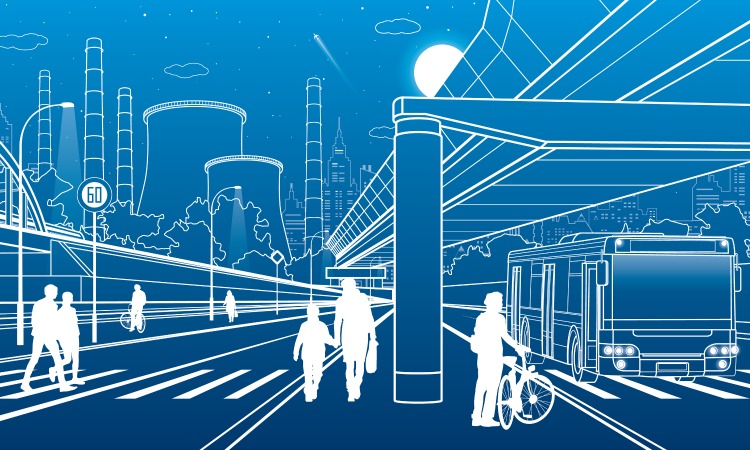USDOT announces $6.4 billion programme to reduce carbon emissions
- Like
- Digg
- Del
- Tumblr
- VKontakte
- Buffer
- Love This
- Odnoklassniki
- Meneame
- Blogger
- Amazon
- Yahoo Mail
- Gmail
- AOL
- Newsvine
- HackerNews
- Evernote
- MySpace
- Mail.ru
- Viadeo
- Line
- Comments
- Yummly
- SMS
- Viber
- Telegram
- Subscribe
- Skype
- Facebook Messenger
- Kakao
- LiveJournal
- Yammer
- Edgar
- Fintel
- Mix
- Instapaper
- Copy Link
Posted: 22 April 2022 | Intelligent Transport | No comments yet
Provided as part of the Bipartisan Infrastructure Law, the new Carbon Reduction Program will fund key projects that will help to develop carbon reduction strategies and address the climate crisis facing the nation.


The U.S. Department of Transportation’s (USDOT) Federal Highway Administration has announced a new programme that unlocks $6.4 billion in formula funding for states and localities over a period of five years.
The new Carbon Reduction Program (CRP), created under President Joe Biden’s Bipartisan Infrastructure Law, will help states to develop carbon reduction strategies and address the climate crisis facing the nation. States can use the funds in CRP to expand transportation options for American families that can help them to save money on gas.
“As the sector generating the most carbon emissions in the U.S. economy, transportation must play a leading role in solving the climate crisis,” said USDOT Secretary, Pete Buttigieg. “The Carbon Reduction Program will help to reduce pollution from transportation and move us closer to the President’s ambitious goal of cutting emissions in half by 2030.”
The Carbon Reduction Program will fund a wide range of projects designed to reduce CO2 emissions, such as providing on-road highway sources, installing infrastructure to support the electrification of freight vehicles or personal cars, constructing Bus Rapid Transit corridors and facilitating micro-mobility and biking.
Under the CRP, states must also develop carbon reduction strategies in consultation with Metropolitan Planning Organizations to identify projects and strategies tailored to reduce CO2 emissions in their states, although states and localities may begin using the CRP funds even before plans are developed and reviewed.
Biden Administration reveals USDOT’s fiscal year 2023 budget
“This new programme provides states and local agencies, in both urban and rural areas, the flexibility and funding needed to reduce emissions and build a more sustainable transportation network that will benefit all travellers,” said Deputy Federal Highway Administrator, Stephanie Pollack. “The Bipartisan Infrastructure Law makes transformative investments in our nation’s transportation infrastructure, and this is one of the key programmes that will help to address the climate crisis.”
Eligible projects include on- and off-road trail facilities for pedestrians, bicyclists and other non-motorised forms of transportation, as well as projects that support the deployment of alternative fuel vehicles.
These types of projects, which are determined at the state and local level but could be supported with federal funding, include zero-emission vehicles and facilities; projects that support congestion pricing and travel demand strategies; truck stop and port electrification systems to reduce the environmental impacts of freight movement and CO2 emissions at port facilities; and public transportation projects, such as the construction of bus rapid transit corridors or dedicated bus lanes. Micro-mobility and e-bike projects, including charging infrastructure, may also be eligible.
If you liked this, you may also be interested in:
▶ USDOT announces $1.5 billion grant to modernise U.S. bus fleets
▶ WMATA releases strategic plan to accelerate transit-oriented development
Related topics
Air Quality, Alternative Power, Fleet Management & Maintenance, Infrastructure & Urban Planning, Mobility Services, Passenger Experience, Public Transport, Sustainable Urban Transport, Transport Governance & Policy
Related modes
Bus & Coach
Related countries
United States
Related organisations
U.S. Department of Transportation (USDOT)
Related people
Joe Biden, Pete Buttigieg, Stephanie Pollack








